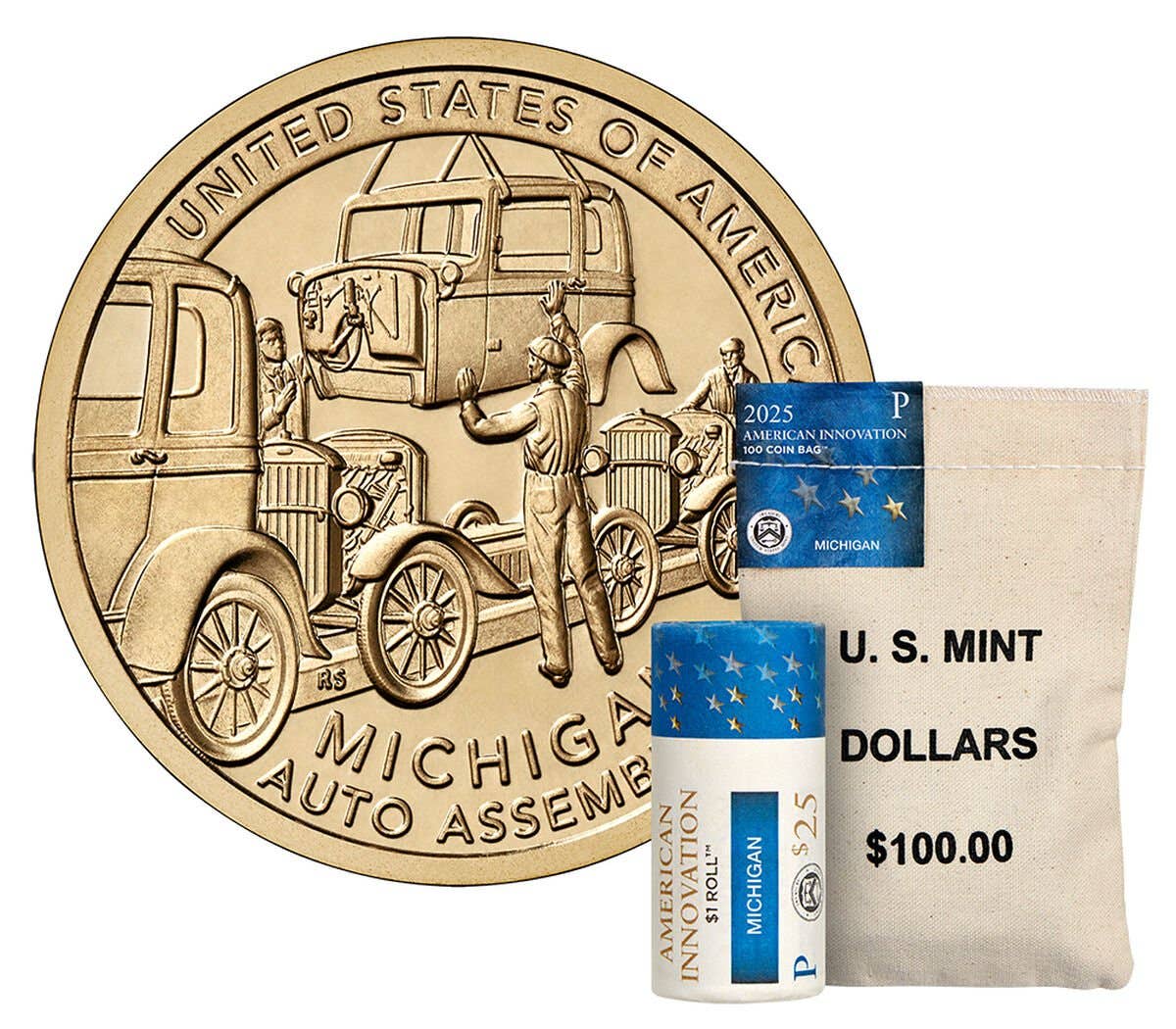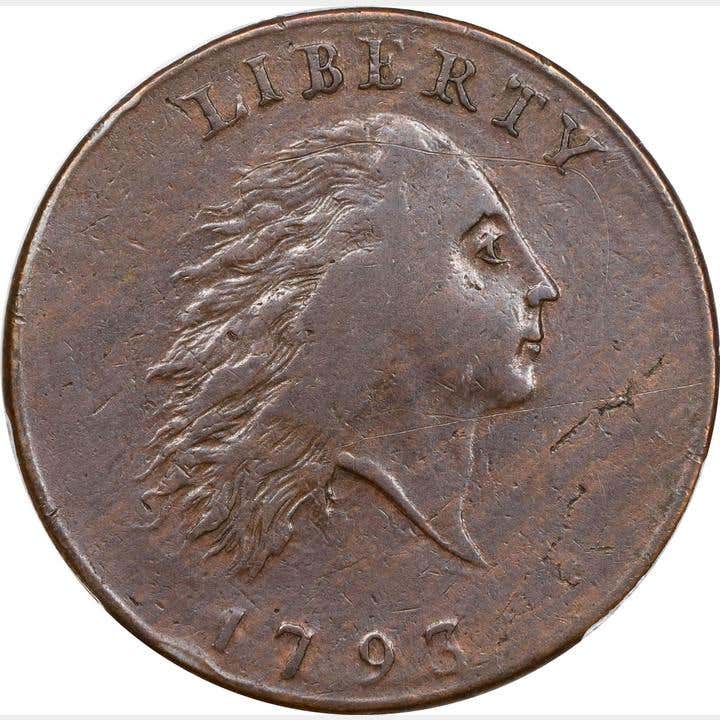1983 Copper Cent Error Fetches $30,000
The coin was graded by Professional Grading Service (PCGS) as MS-65 Red.
An extremely rare 1983 Lincoln cent struck on a solid copper-alloy bronze Lincoln planchet has traded via auction for just under $30,000. The coin was graded by Professional Grading Service (PCGS) as MS-65 Red. GreatCollections auctioned if off on July 28, fetching $29,250 including the buyer’s premium. It closed with 49 bids. GreatCollections’ description was short and to-the-point, stating, “A rare transitional error, struck on a Bronze planchet, left over from 1982 or earlier. This is the finest known by a wide margin.” I could not have agreed more. The finest I have ever seen by far!
Lincoln cents struck from 1963 through about mid-1982 are of a solid brass composition made up of 95 percent copper and 5 percent zinc. They are typically referred to as “bronze” by collectors, which was the traditional alloy of 95 percent copper and the balance zinc and tin used from 1909 through 1962. Both the bronze and brass planchets weigh 3.11 grams. I will refer to this specimen as bronze in this article to conform with popular nomenclature despite it being technically incorrect.
Business strike cents minted from about mid-1982 to date are struck on planchets made up of a solid zinc core (with a trace of copper) that are barrel-plated with pure copper and weigh 2.5 grams. This is what the subject coin should have been struck on, but somehow it got struck on a bronze planchet left over from 1982 or earlier. The hobby refers to these as a Transitional Errors. The last one I wrote about for Numismatic News was discovered by Ernie Gesner of Oregon in May 2021 and was consigned to Stack’s Bowers and later removed from the auction by Gesner to give it to his son (if you wondered what happed – now you know).
The 1983 Bronze discovery coin was added into the second edition of Dr. Brian Allen and my book, Strike It Rich With Pocket Change in 2009, shortly after it was discovered by the late Billy Crawford. In the third edition, I added in a footnote that there was no reason to suspect that this error could not have also occurred at the Denver Mint and within days of purchasing a copy and reading that note – one reader found one (as reported in NN previously)! Approximately half of the 1983 bronze found to date have been credited to readers of this continuing series of related stories in Numismatic News, spurring readers on to riches!
Other related finds in recent times have been a 1982-D small date and 1983-D cents struck on solid bronze alloy planchets. Both were reported in my Numismatic News stories and both were auctioned off by Stack’s Bowers. The 1982-D sold for $18,800, and the 1983-D sold for $17,625.
More detailed information here is online at www.numismaticnews.net/archive/cents-bring-35624-98-profit-finders.
A second 1982-D cent alleged to be bronze that appeared to have possibly been played with that I suggested needed conservation was featured in my Numismatic News story here: It was first rejected for conservation and then conserved by the owner himself and sent back in through a second party who was able to get it graded by Numismatic Guarantee Corporation (NGC). It was sold by Heritage in Sept 2019 for $8,400. Additionally, a 1989-D Lincoln cent struck on a pre-1983 bronze cent planchet graded PCGS MS-65 RD sold for $3,525 at Stack’s Bowers Galleries’ Aug. 11 Rarities Night sale in 2016. A 1990-D cent struck on a pre-1983, 3.1-gram copper-alloy planchet graded PCGS MS-64 Brown was sold by Heritage Auctions for $5,540 in January 2018.
At the time of this writing, only four examples dated 1983 have been handled by Heritage Auctions, while Stack’s Bowers has handled three examples. I am aware of one ungraded example. I could find no other recorded sales. With this coin, I’m now aware of six but there must be more.
As a specialist in the error-variety field since 1979, if there is one thing I’ve learned, it is that where there is one error, there is usually more. I encourage readers to check all their 1983 cents to see if they are bronze! Use a good quality scale. They are cheap today with many in the $20 range. If your 1983 cent weights 3.1 grams, you are probably a winner!
I also suggest you check the 1982-D Small Date, the 1983-D issues for any that weigh in at, or close to, 3.11 grams. For that matter, it would not hurt to check the weight of all the San Francisco proof cents for both years. A rare transitional could be lurking there, too! For the 1982-S, look for one that weighs 2.5 grams, as all currently known weigh 3.11 grams struck in the traditional solid copper alloy with a Large Date. Look for a 1983-S that weighs 3.11 grams in the sold copper alloy, as all should have been struck on the 2.5 gram copper-plated zinc planchets.
Since the Mint used both the copper-plated zinc planchets and solid bronze planchets for the 2009 Lincoln cent Bicentennial issues, mix-ups may have occurred here, too. The solid bronze was supposed to be restricted to the numismatic issues contained in proof and mint sets. In fact, I will crawl out on a limb and suggest that at least one will be found. Since testing the 2009 cents on the bronze planchets would have started in 2008, and since some of the bronze planchets could have inadvertently remained in the Mints into 2010, they are candidates for some lucky collector to find the newest Transitional Error!
Search for a 2008 or 2010 P- or D-Mint struck in bronze weighing in around 3.1 grams. Check for 2009-S proofs for pieces that may have been inadvertently struck on copper-plated zinc cent planchets. The error would weigh 2.5 grams versus its normal wight of 3.1 for that year.
Of course, some 2009 mint set issues may have been inadvertently stuck on 2.5-gram business strike planchets, and some of the circulation strikes could have been struck on the numismatic bronze planchets in error. The 2009 mint set issues were struck with a matte or satin finish. That finish is quite variable in intensity to a point that some collectors are barely able to differentiate them. I think you can, but that is just me. So, with that said, I’ll leave the importance of searching the 2009 uncirculated versions up to the reader. Let Numismatic News know what you find, and good luck!
You may also like:








